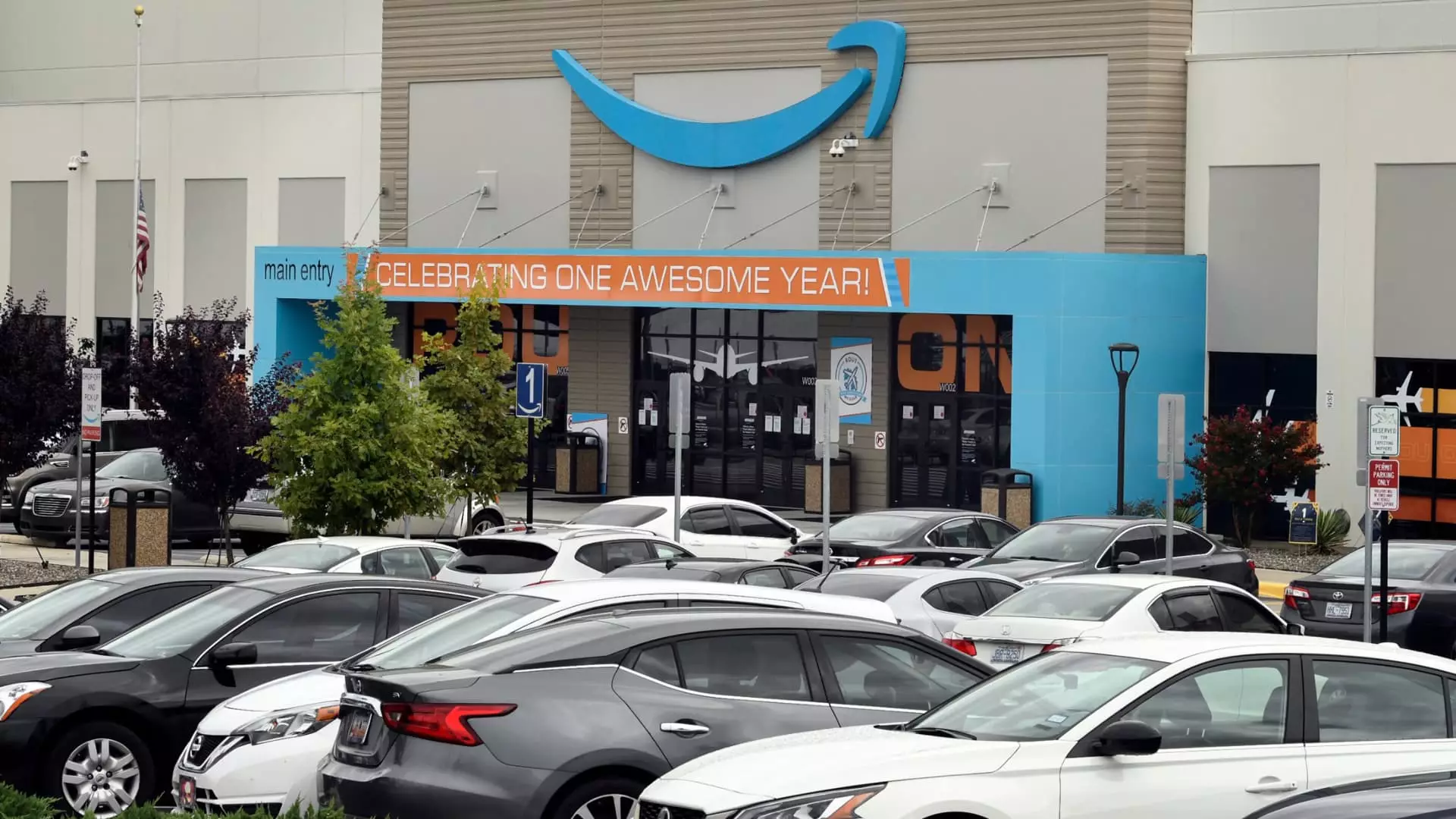In a significant electoral decision, Amazon workers at the RDU1 facility located near Raleigh, North Carolina, have decisively voted against unionization. The results, announced following a tightly contested election, showed that out of 3,276 ballots cast, 2,447 workers opposed unionizing while only 829 supported the effort. This outcome has far-reaching implications not only for the workers at this specific facility but also for the broader labor landscape concerning Amazon and its employees. With the results awaiting certification from the National Labor Relations Board (NLRB), there remains a cloud of contention regarding the election’s integrity, primarily raised by the organizers involved.
The union drive at the RDU1 Amazon facility had significant backing from the Carolina Amazonians United for Solidarity and Empowerment (CAUSE). This grassroots organization, which emerged from the frustrations of the employees, has been advocating for improved working conditions, fair wages, and comprehensive health measures, particularly in the context of the Covid-19 pandemic. Since its inception in 2022, CAUSE has campaigned tirelessly to highlight the needs of the workforce, pushing for increased pay from the starting wage of $18.50 to an ambitious $30 per hour. They argue that many employees continue to grapple with food and housing insecurity, an issue that necessitates urgent attention from Amazon.
Despite their concerted efforts over three years, the resistance from Amazon was formidable. CAUSE stated that the election outcome reflected Amazon’s pattern of engaging in illegal practices aimed at dismantling unionizing efforts. Amidst this backdrop of contentious relations, the disparity between CAUSE’s goals and Amazon’s corporate strategy presents a fascinating case study of labor dynamics in the modern workplace.
Amazon has consistently maintained a robust opposition to unionization efforts, branding the collective move as the intervention of “outside parties.” They meticulously crafted a campaign that involved widespread distribution of anti-union messages among employees, emphasizing their preference for direct communication with the company over union representation. In the wake of the election, Amazon spokeswoman Eileen Hards stated that the employees’ voices had been heard, and they chose to maintain their direct relationship with the management.
The corporate stance is indicative of a broader strategy employed by Amazon, which has historically succeeded in keeping union presence at bay within its U.S. operations. This approach has allowed Amazon to exercise considerable control over its labor force, limiting the bargaining power of employees. Nevertheless, recent developments in other locales, such as the successful unionization at a Staten Island warehouse and a Whole Foods store in Philadelphia, illustrate a growing trend among Amazon employees to advocate for collective bargaining rights.
Beyond the localized struggle at RDU1, this election occurs within a larger context of labor activism in the United States, where public support for unions has surged. Polling data from Gallup indicates that approximately 67% of Americans express approval of labor unions, yet this enthusiasm has not translated into increased membership rates. The latest statistics show union representation in the private sector has slightly decreased to 5.9%. North Carolina, in particular, has been highlighted as an outlier with an abysmally low union membership rate of just 2.4%.
This dichotomy between public sentiment and actual union involvement raises important questions about the effectiveness of existing labor frameworks. Activists and labor groups, including the International Brotherhood of Teamsters, are now exploring alternative strategies to establish a foothold within Amazon, highlighting the inadequacies in traditional unionization efforts.
While the recent election at the RDU1 facility may seem like a setback for union advocates, it is crucial to recognize that this is merely one battleground in a larger war over workers’ rights. CAUSE has vowed to persist in their efforts, asserting that the fight to improve working conditions is far from over. The election results could serve as a catalyst for more organized and strategic approaches to worker solidarity, potentially influencing future campaigns for unionization across Amazon facilities.
The situation at Amazon exemplifies the ongoing struggle between giant corporations and a workforce that increasingly recognizes the power of collective action. The RDU1 vote is not just a reflection of a singular moment but part of a larger narrative within the American labor movement, which continues to evolve amidst corporate resistance, worker advocacy, and changing public perception. The path toward labor rights in such environments is fraught with challenges, yet the resolution may lie in the growing awareness and solidarity among workers across various sectors.

